Sabion — plate 26
The Arti che vanno per via nella città di Venezia (1753, 1770, 1785, etc.), by Gaetano Zompini (1700–1778), contains sixty engravings of common, mostly poor people, peddling their trades on the streets of Venice in the mid-1700s.
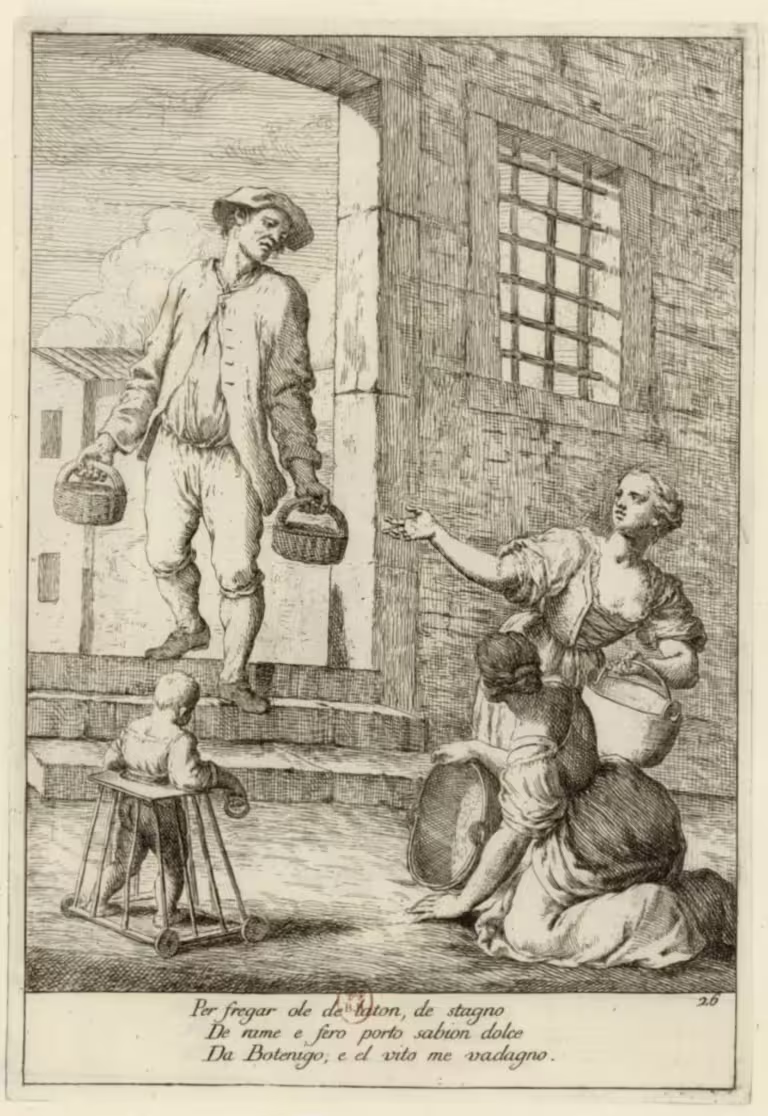
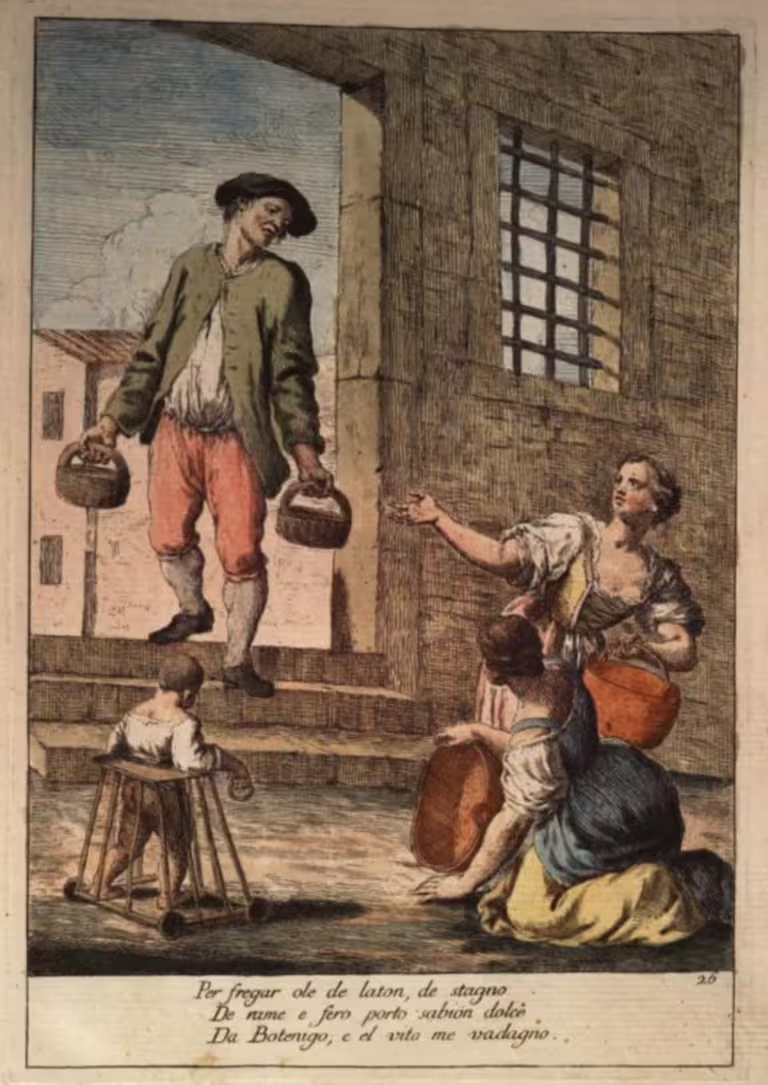
Text
Per fregar ole de laton, de stagno De rame e fero porto sabion dolce Da Botenigo; e el vito me vadagno.
Translation
To scrub pots of bronze, of tin,
of copper and iron I bring fine sand
from Bottenigo, and I earn my living.
Notes
The title Sabion simply means sand.
An ola (pl. ole) is a cooking pot, and fregar means to stroke or scrub. Laton is Venetian for bronze.
Sand was used as an abrasive, to rub burned remains of food off metal pots.
Bottenigo was a location on the mainland, not far from Venice. It is now part of the industrial harbour and Marghera, but there was a small river, which probably provided the sand sediments for this trade. See also plate 16 — Dalla latte.
See Boerio (1829), entries SABION, FREGAR, OLA and LATON.
All images
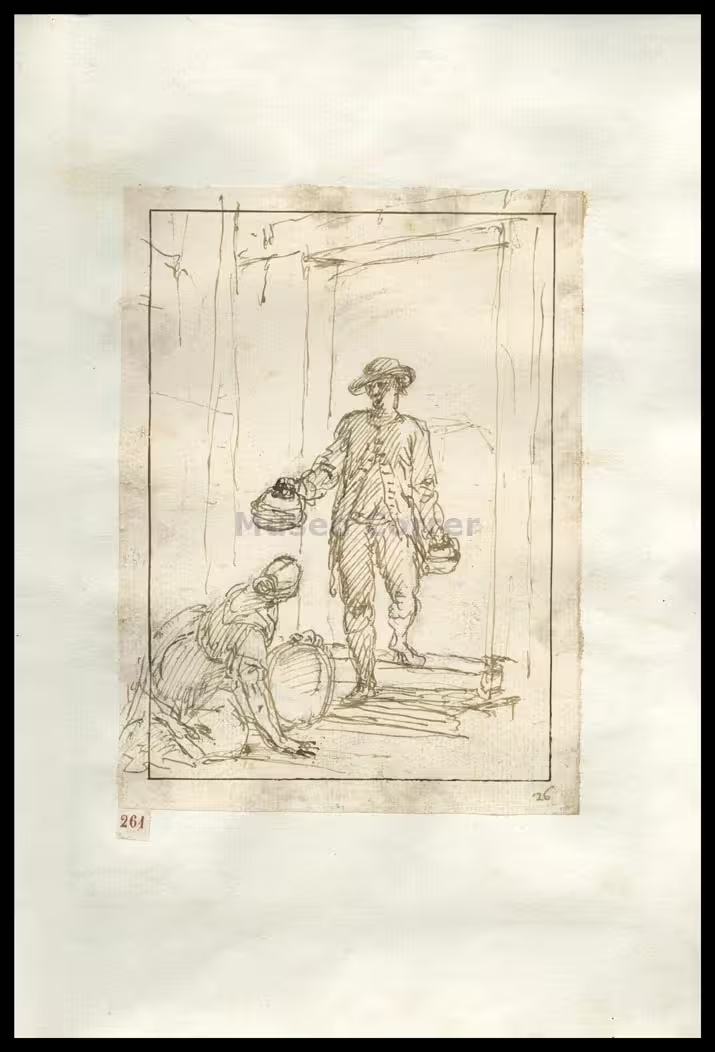
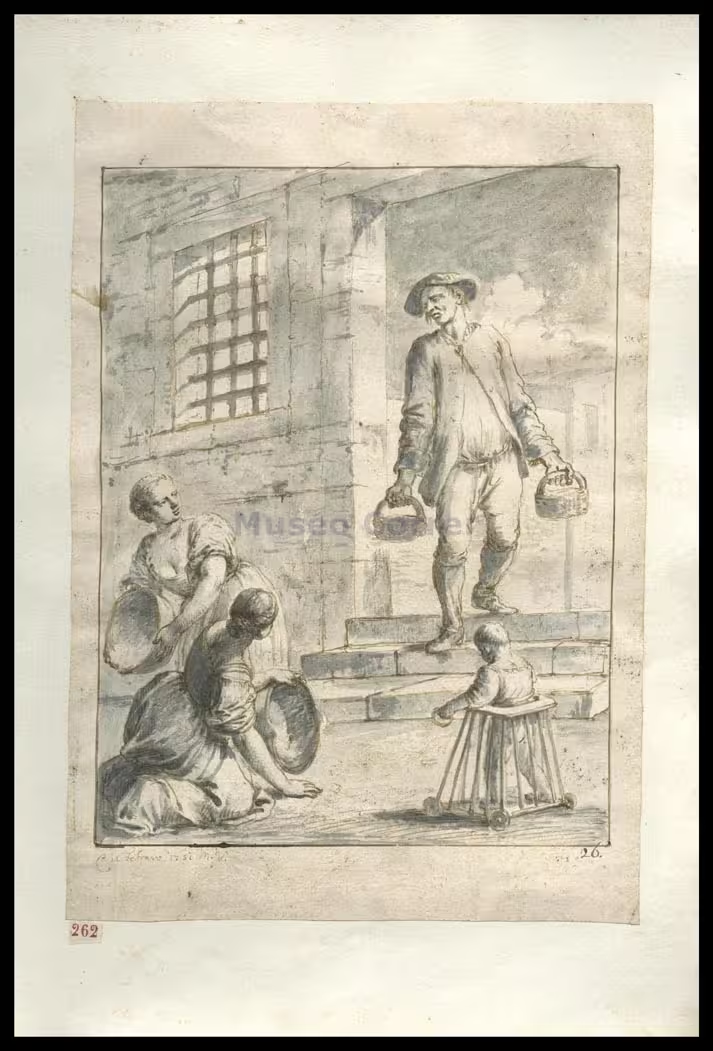
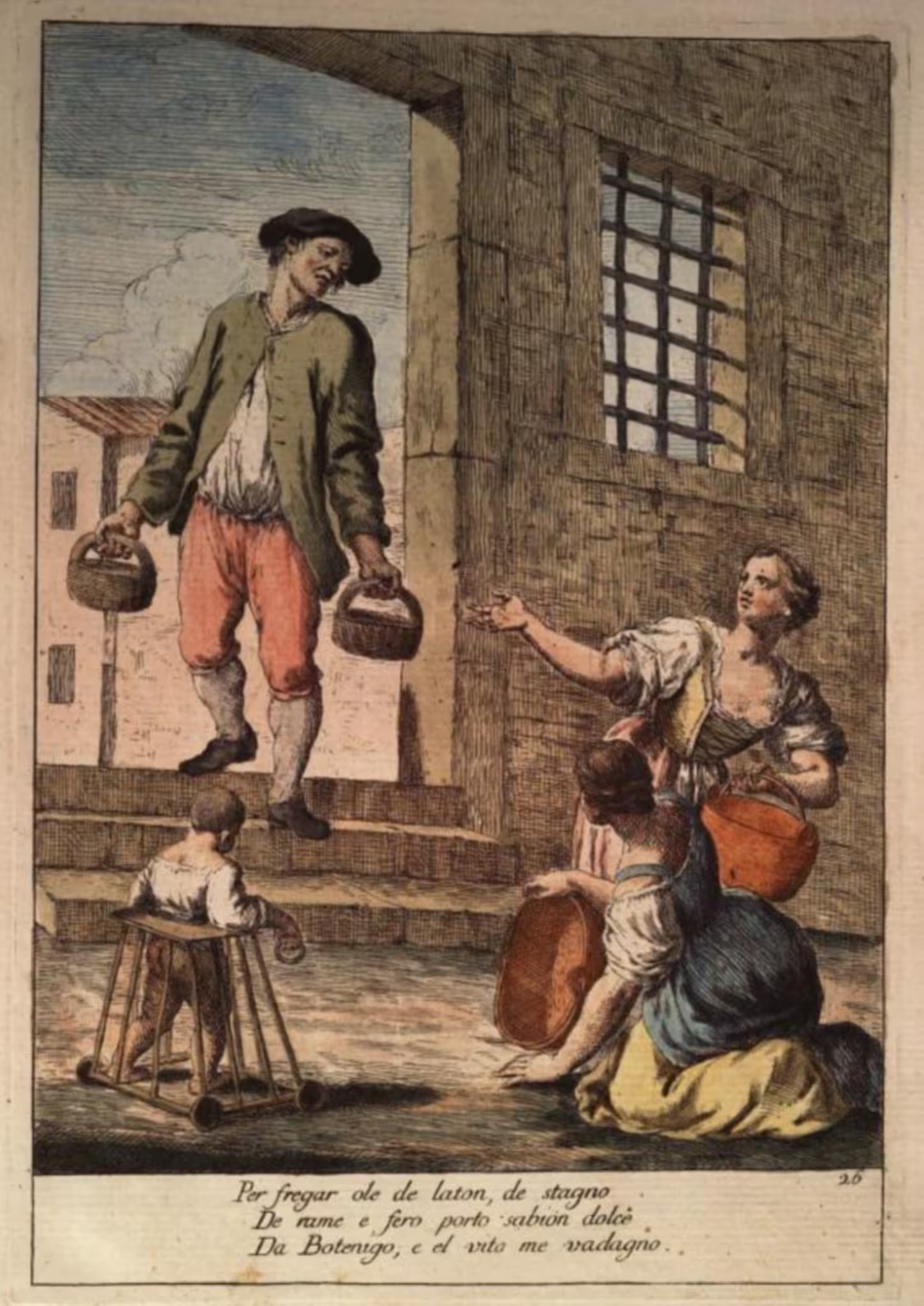
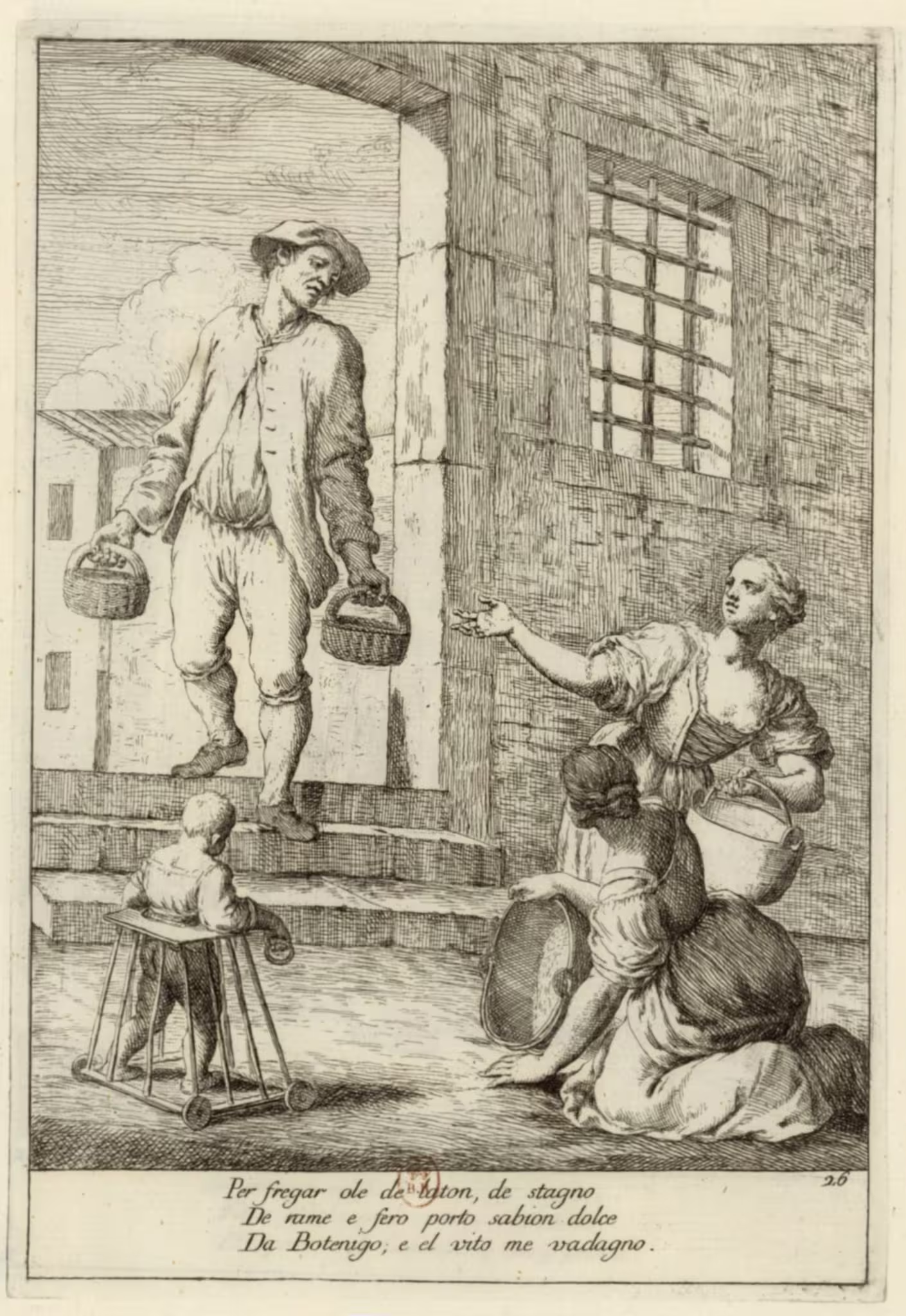
Related articles
Bibliography
- Boerio, Giuseppe. Dizionario del dialetto veneziano. Venezia : coi tipi di Andrea Santini e figlio, 1829. [more] 🔗
- Zompini, Gaetano. Le arti che vanno per via nella città di Venezia inventate ed incise da Gaetano Zompini, Aggiuntavi una memoria di detto autore. Venezia, 1785. [more] 🔗
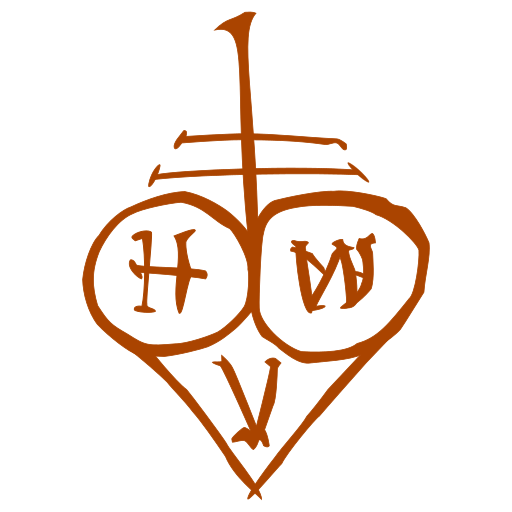
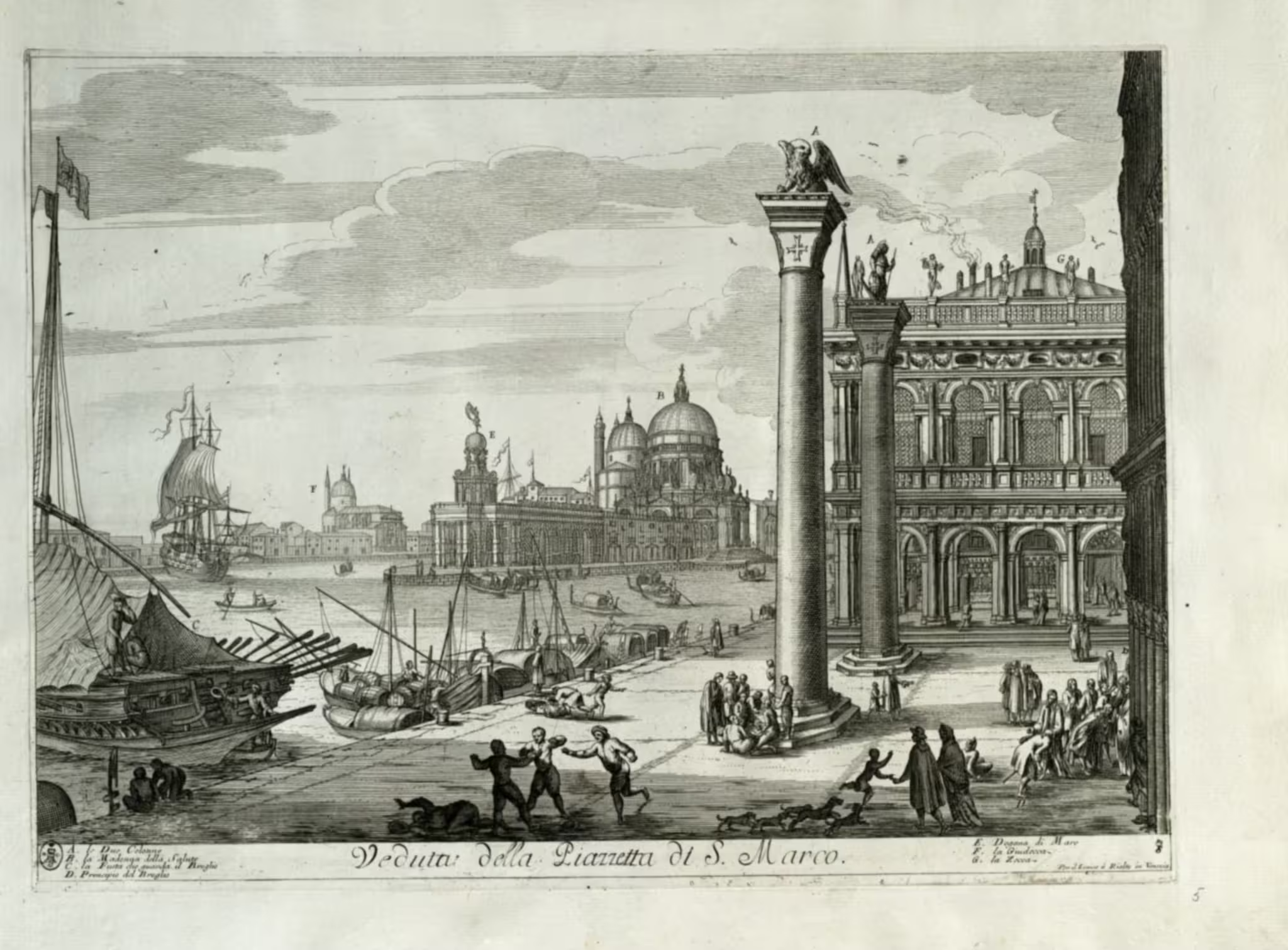


Leave a Reply